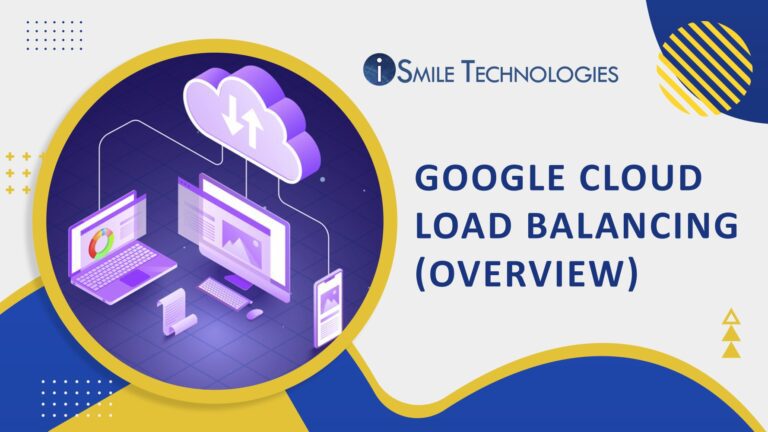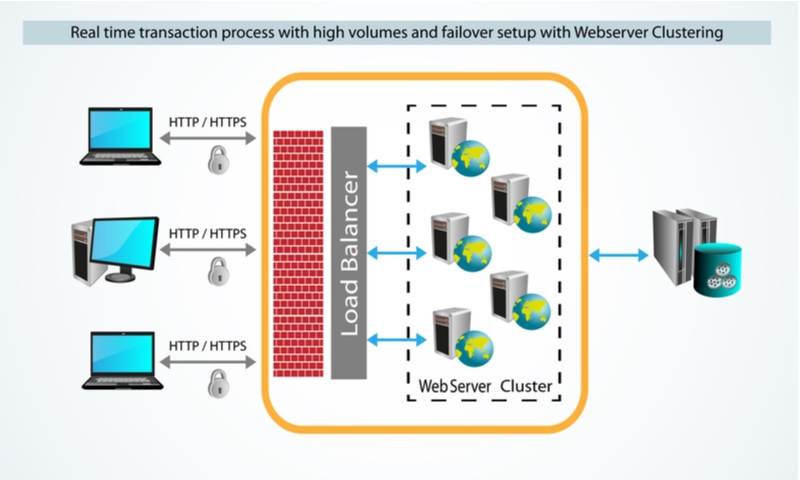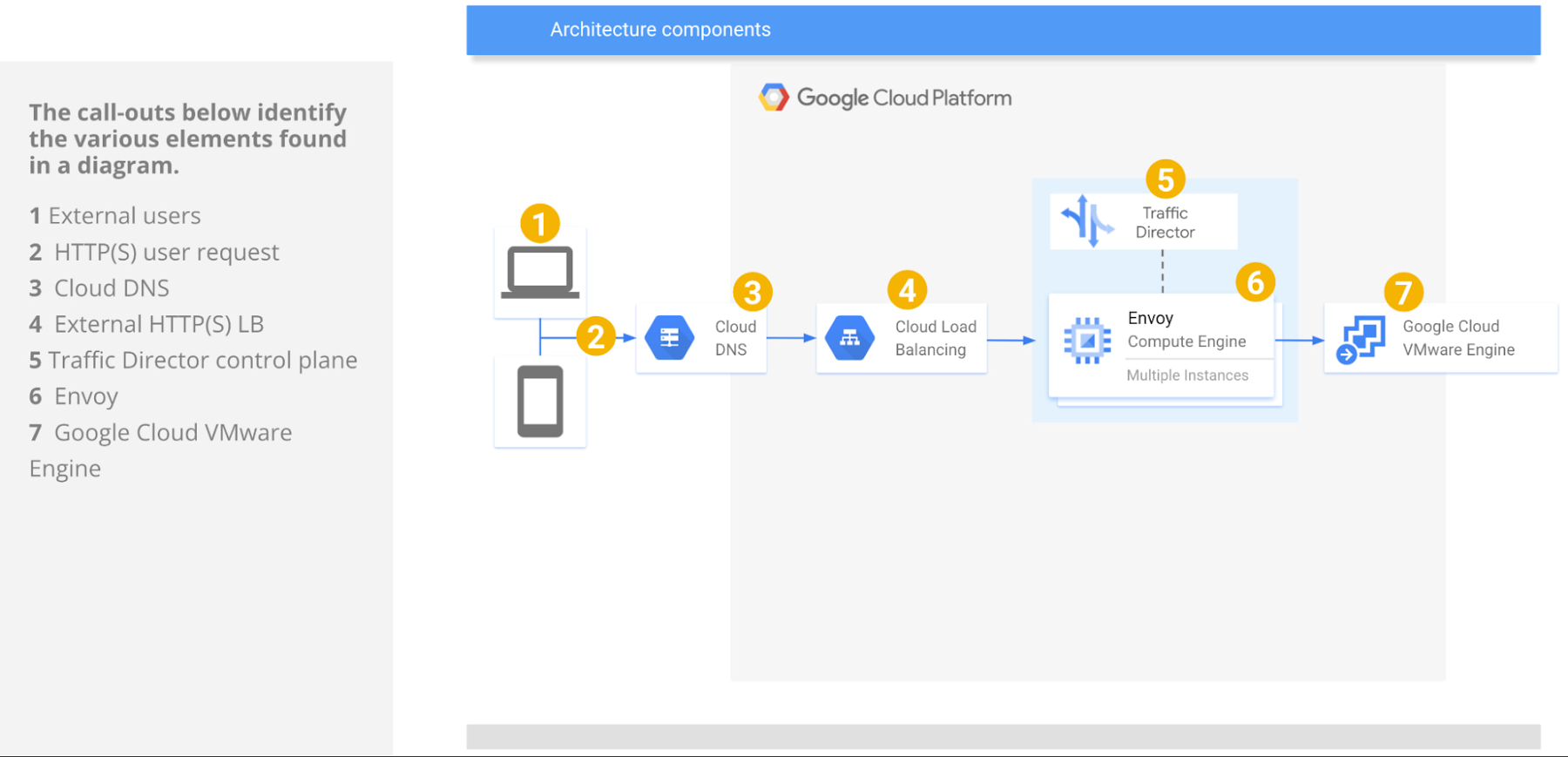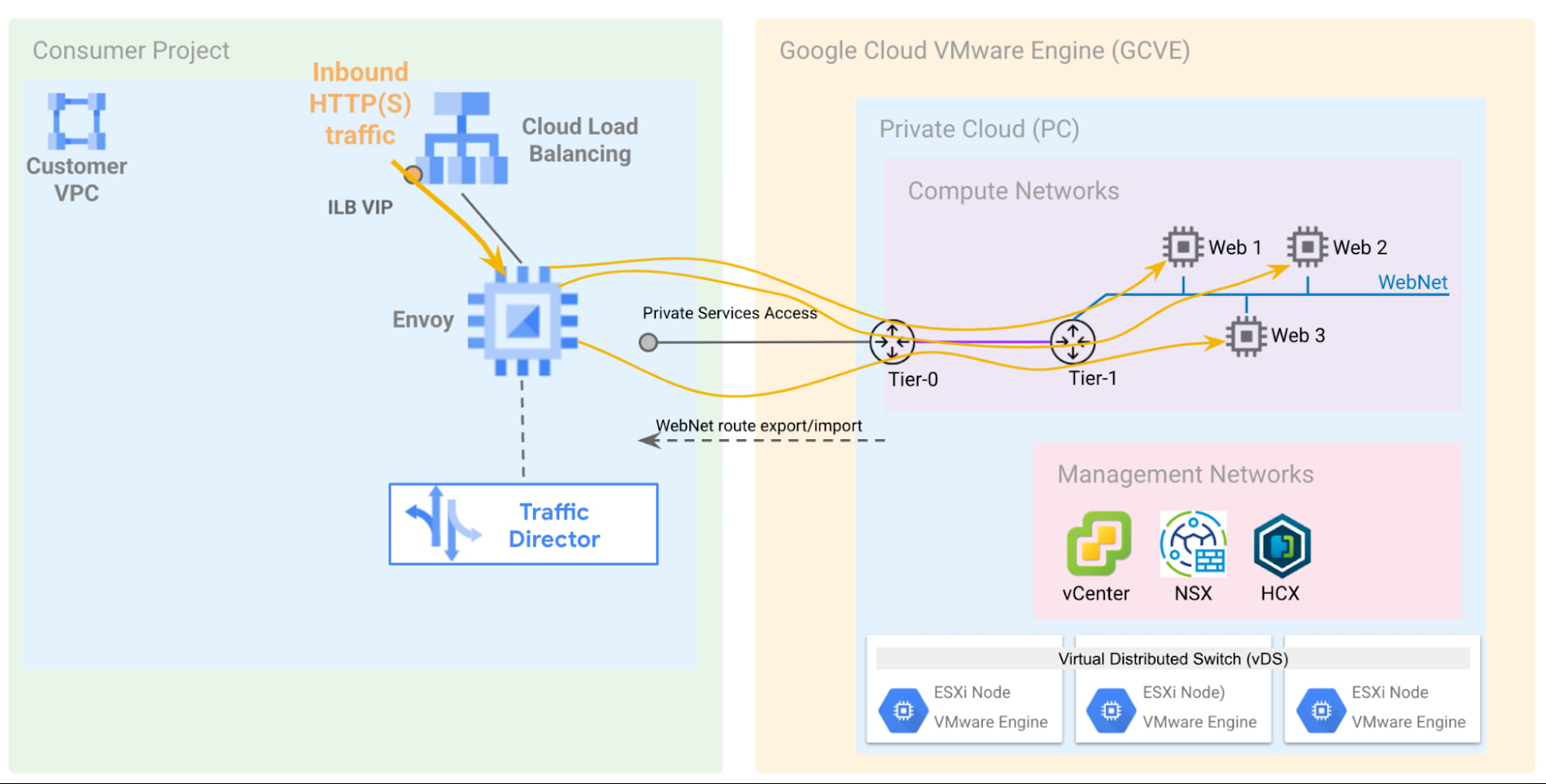Understanding Load Balancing and Its Role in Google’s Infrastructure
Load balancing is a crucial technique for managing network traffic across multiple servers, ensuring reliability and enhancing performance. Google, a global leader in technology and internet services, employs load balancing extensively in their data centers and services. By intelligently distributing incoming traffic, load balancing enables Google to maintain high availability, reduce latency, and scale resources efficiently.
How Google’s Load Balancing Solutions Stand Out
Google’s load balancing offerings are renowned for their advanced features and seamless integration with Google Cloud Platform. Global load balancing is a key strength, enabling traffic distribution across multiple regions to ensure low latency and high availability. Automatic failover is another standout feature, allowing for instantaneous rerouting of traffic in case of server or service failures.
Google’s load balancing solutions also provide integration with other Google services, such as Google Kubernetes Engine and Google Cloud Storage. This integration enables users to create and manage load balancers with ease, while also benefiting from features like autoscaling and health checks.
Popular Google Load Balancing Products and Services
Google offers a variety of load balancing solutions tailored to different use cases and workloads. Among the most popular are Google Cloud Load Balancing, Kubernetes Engine Horizontal Pod Autoscaler, and Network Load Balancing.
Google Cloud Load Balancing is a fully managed, highly scalable service that distributes traffic across multiple regions and zones. It supports various load balancing methods, including HTTP(S), TCP, and UDP, and offers advanced features like global load balancing and automatic failover.
Kubernetes Engine Horizontal Pod Autoscaler is a built-in component of Google Kubernetes Engine that automatically scales the number of application instances based on CPU utilization or custom metrics. This service ensures optimal resource allocation and high availability for containerized applications.
Network Load Balancing, part of Google Cloud’s suite of networking services, distributes incoming traffic across multiple Compute Engine instances in the same region. It is designed for applications that require rapid, consistent performance and supports TCP and UDP protocols.
How to Implement Load Balancing in Google Cloud Platform
Implementing load balancing in Google Cloud Platform involves several steps, including creating a load balancer, configuring backends, and setting up health checks. Here’s a step-by-step guide:
- Create a load balancer: In the Google Cloud Console, navigate to the “Network Services” section and select “Load Balancing.” Choose the type of load balancer that suits your needs, such as HTTP(S), TCP, or UDP, and follow the prompts to configure the load balancer’s settings.
- Configure backends: Backends are the resources that will receive traffic from the load balancer. These can be Compute Engine instances, Kubernetes Engine clusters, or external resources. To configure backends, navigate to the “Backends” tab in the load balancer’s settings and add the desired resources.
- Set up health checks: Health checks monitor the status of your backends and ensure that only healthy resources receive traffic. To set up health checks, navigate to the “Health Checks” tab in the load balancer’s settings and create a new health check. Configure the health check’s settings, such as the protocol, path, and interval, and save the changes.
Once you’ve completed these steps, your load balancer will be ready to distribute traffic across your backends. Make sure to monitor the load balancer’s performance and adjust the configuration as needed to ensure optimal reliability and performance.
Best Practices for Google Load Balancing Configuration
When configuring load balancing in Google Cloud Platform, it’s essential to follow best practices to ensure optimal performance, reliability, and security. Here are some best practices to consider:
- Use URL maps: URL maps allow you to route traffic based on the URL path, enabling more granular control over traffic distribution. By using URL maps, you can direct traffic to specific backends, apply custom request headers, and configure SSL policies.
- Implement session affinity: Session affinity ensures that requests from the same client are sent to the same backend, preserving session state and improving user experience. Google Cloud Platform supports two types of session affinity: client IP and HTTP cookie.
- Configure connection draining: Connection draining enables graceful shutdown of backends, allowing in-flight requests to complete before the backend is removed from service. This practice prevents service disruptions and ensures a smooth user experience.
- Monitor and adjust: Regularly monitor the performance of your load balancer and adjust the configuration as needed. Google Cloud Platform provides tools like Google Cloud Monitoring and Logging, Stackdriver, and Cloud Console to help you monitor and troubleshoot your load balancer.
By following these best practices, you can ensure that your Google Cloud Platform load balancer is configured for optimal performance, reliability, and security.
Monitoring and Troubleshooting Google Load Balancing
Monitoring and troubleshooting your Google Cloud Platform load balancer is crucial for maintaining optimal performance and reliability. Google provides several tools to help you monitor and diagnose issues with your load balancer, including Google Cloud Monitoring and Logging, Stackdriver, and Cloud Console.
Google Cloud Monitoring and Logging
Google Cloud Monitoring and Logging is a powerful tool that enables you to monitor and analyze your load balancer’s performance and logs. With Cloud Monitoring, you can create custom dashboards, alerts, and metrics to track the health and performance of your load balancer. Cloud Logging, on the other hand, allows you to view and analyze logs generated by your load balancer, backends, and other resources.
Stackdriver
Stackdriver is a monitoring and diagnostics tool that provides deep visibility into your Google Cloud Platform resources, including load balancers. Stackdriver enables you to monitor performance metrics, view logs, and diagnose issues with your load balancer, backends, and other resources. Stackdriver also provides integration with other Google Cloud Platform services, such as Cloud Monitoring and Logging, making it a powerful tool for monitoring and troubleshooting your load balancer.
Cloud Console
Cloud Console is the web-based user interface for Google Cloud Platform, providing access to all of your resources, including load balancers. Cloud Console enables you to view and manage your load balancer’s configuration, monitor performance metrics, and troubleshoot issues. Cloud Console also provides integration with other Google Cloud Platform services, such as Cloud Monitoring and Logging, making it a convenient tool for managing and monitoring your load balancer.
By using these tools, you can monitor and troubleshoot your Google Cloud Platform load balancer, ensuring optimal performance and reliability.
Real-World Success Stories: Google Load Balancing in Action
Google’s load balancing solutions have been successfully implemented in various industries, providing significant benefits and improvements. Here are some examples of successful Google load balancing implementations:
Media and Entertainment
A leading media and entertainment company used Google Cloud Load Balancing to distribute traffic across multiple regions, reducing latency and improving user experience. By implementing global load balancing, the company was able to handle sudden spikes in traffic, ensuring high availability and reliability during peak usage periods.
E-commerce
An e-commerce platform implemented Google Cloud Load Balancing to distribute traffic across multiple backends, improving performance and reducing downtime. By using session affinity and connection draining, the platform was able to maintain session state and ensure a smooth user experience during backend updates and maintenance.
Gaming
A popular gaming company used Google Cloud Load Balancing to distribute traffic across multiple regions, ensuring low latency and high availability for their players. By implementing automatic failover, the company was able to handle server failures and ensure uninterrupted service, even during high-traffic events like game launches and updates.
These success stories demonstrate the power and flexibility of Google’s load balancing solutions, providing real-world examples of how load balancing can improve reliability, performance, and user experience.
Staying Updated: Google Load Balancing News and Updates
Staying informed about the latest news and updates in Google load balancing is essential for making the most of your load balancing solutions. Here are some resources for staying updated on Google load balancing:
Official Google Blogs
Google’s official blogs are an excellent source of information on load balancing and other Google Cloud Platform services. The Google Cloud Blog and the Google Cloud Platform Blog provide updates on new features, best practices, and customer success stories. Subscribing to these blogs will ensure you’re up-to-date on the latest Google load balancing news and updates.
Google Cloud Documentation
Google Cloud Platform provides extensive documentation on load balancing and other services. The documentation includes guides, tutorials, and reference materials, covering everything from basic concepts to advanced configurations. Regularly checking the documentation will help you stay informed about new features and best practices.
Google Cloud Community Forums
Google Cloud Platform’s community forums are a great place to connect with other users, ask questions, and share knowledge. The forums cover a wide range of topics, including load balancing, and are monitored by Google Cloud Platform experts. Participating in the forums will help you stay informed about new features, best practices, and troubleshooting tips.
By using these resources, you can stay updated on Google load balancing news and updates, ensuring you’re making the most of your load balancing solutions.





